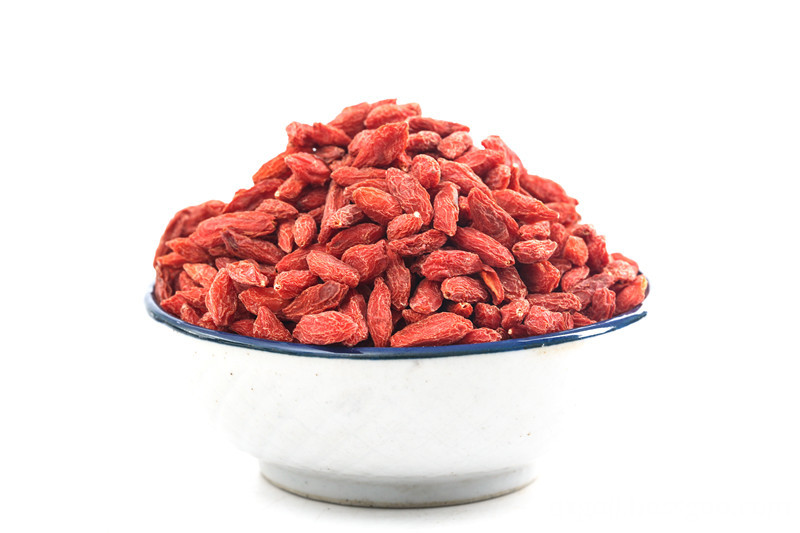Green soybeans in early spring High-yielding technology Soybean is a vegetable-grown soybean that is harvested when immature and eats its fresh beans. In recent years, vegetable farmers in Shouguang City, Shandong Province have succeeded in using early winter greenhouses for the early spring cultivation of soybeans, and achieved backward-season cultivation of soybeans. The cultivation techniques are introduced as follows: 1. Variety Selection The selection of the early-maturing varieties that are not strict with the requirements of sunshine and easy to scab, the big soybeans in the Jinan local varieties are suitable for the early spring cultivation of greenhouses in winter. The plant height is about 65cm, large and large. Round, growth period 80d. Second, fine soil preparation, adequate base fertilizer cultivation of soybeans, high yield, the amount of fertilizer required, should be enough base fertilizer, generally full decomposed per acre chicken manure 2000kg, superphosphate 30kg, potassium sulfate 25kg, after the application of deep plowing 30cm, Fine and flat, then ridging, ridge width 30cm, height 15cm, ridge spacing 60cm. Third, timely sowing, moderate close planting in late February sowing, May 1st before the formation of bulk commodities. The regenerative ability of the soybean is very weak, and the hole should be broadcast on the ridge. It is possible to improve the utilization of light energy through appropriate dense planting and increase the number of knots per unit area. General point distance 10-20cm, sowing seeds 2-3 per hole. When planting, the bottom of the hole should be flat, the seeds should be dispersed, and the cover soil should not be too deep. It is advisable to cover the fine soil 2-3cm. The sowing rate per acre is 5-8kg. Covering the film after sowing, increasing temperature and moisturizing, and promoting seedling emergence. When the cotyledon is in the top soil, membrane holes lead to seedlings. Fourth, fine management, scientific fertilizer 1. After the temperature sowing, the temperature in the shed was maintained at 25°C-30°C, and the night temperature was maintained at 15°C or higher, which promoted the seedlings to be quickly unearthed. Reduce the temperature after emergence, temperature 20 °C -25 °C, night temperature 12 °C -15 °C, to promote flower bud differentiation. The flowering period is suitable for the aphid temperature 20°C-28°C, avoiding high temperatures above 30°C, otherwise flowering is less, the flowering period is prolonged, the night temperature is about 15°C, and cannot be lower than 12°C. During the scarring season, the temperature was appropriately lowered, the temperature was between 20°C and 25°C, and the night temperature was above 15°C. 2. Appropriate groundwater is applied when the fertilizer is sowed, and it is generally not watered before emergence. When the seedling stage is very dry, water can be poured to promote rooting. When two true leaves appeared in the seedlings, the top dressing was applied for the first time and N, P, K compound fertilizer was applied for 10 kg per mu. During the flowering stage, the water requirement is large. Watering is often required to keep the soil moist. The second stage of dressing is combined with watering for topdressing, and the N, P, and K compound fertilizers are harvested for 15 to 20 kg per mu. During the period of scarring and grains, 200-300g of potassium dihydrogen phosphate plus 500g of urea and 50kg of water per acre will be used to topically fertilize 2 times to promote grain expansion. 3. Topping the heart during the flowering period can suppress leggy, prevent lodging, and promote precociousness. The topping is generally performed immediately after flowering, and the tip of the main stem can be removed by 1 to 2 cm. Fifth, the appropriate period of picking, listed soybeans listed in the shed, soybeans 80-90d after sowing can pick pickles, the supply market. Picking standards are: full growth of soybean meal, beans full bulging, dark green from the dark green to light yellow. Timely picking, high sugar content, good quality; picking too early, there are many grains, production and quality decline; picking too late, the beans hardened, reduced sugar, taste faded. When picking the pods, do not pick up whole roots once in a row. Pick them up in the field and pick them in the field. Store the picked green pods in the shade and store them to keep them fresh and increase profits.
Qixiang Company has our own organic goji plant farm about 1920 Mu, we have plant goji for 20 years. So we are the best Chineses goji products company. We want to sell our Organic Dried Goji Berry to everywhere in the world. Organic sun dried goji berries has many benefits and help you lose weight with low calories and good taste. We supply you reliable, qualified and tasty organic sun dried goji berries & organic freeze dried goji berries.
Research shows that Dried Goji Berry is rich in carotenoid, especially the content of β-carotene is so high that other plants can not compare with it. β-carotene has a broad application prospects. β-carotene in our Organic 280Grains/50g Goji Berry can not only be used as a food additive, making cosmetics, anti-radiation, but also as a precursor of vitamin A material, which widely used to treat Various diseases caused by lack of vitamin A.

Appearance
1) Color: Red or deep red oval dried berry
2) Taste & Odor: Dried Goji Berry taste, no peculiar smell
Model Number
Superfine: 280grains /50gram, according to GBT18672-2014
Country of Origin
ZHONGNING, NINGXIA, CHINA
Package
5kg in aseptic bag, and two bags per paper carton
Storage
Normal temperature for 12 months.
Organic 280 Grains/50G Goji Berry
Bulk Dried Organic Goji Berries,Fresh Organic Dried Goji Berry,Organic Black Goji Berries,Organic Wild Black Goji Berries
Ningxia Qixiang Biologic Foodstuff Co., Ltd. , http://www.qxgoji.com
